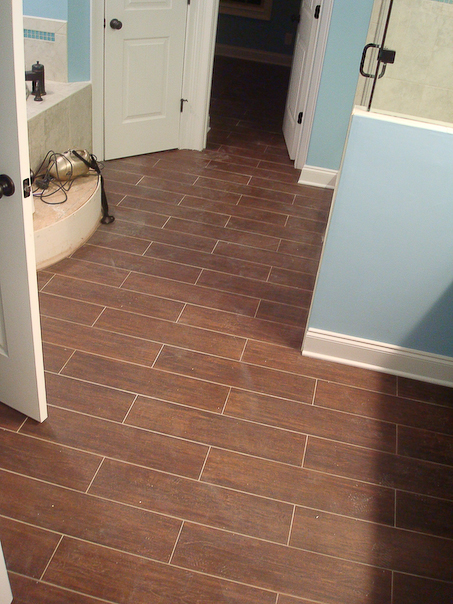Designing and installing a mezzanine involves a structured process to ensure that it meets the specific wants of your facility, complies with safety regulations, and is constructed to final.

Assessment and Planning:
Identify your storage or house needs, budget constraints, and challenge targets.
Assess the out there house, ceiling height, and structure of your facility.
Determine the intended use of the mezzanine (storage, office space, production, etc.).
Regulatory Compliance:
Check native building codes and laws related to mezzanine set up. Regulations might include load capacity, structural integrity, and security options.
Design:
Work with an architect, engineer, or mezzanine design specialist to create a design that meets your wants and complies with laws.
Determine the scale, load capability, and layout of the mezzanine.
Choose supplies for the structure and flooring, which may embrace metal, concrete, or different supplies.
Plan https://blogfreely.net/marycolumn0/should-you-be-just-using-your-own-floor-machine-to-clean-floors-if-youre of staircases, handrails, and different security options.
Consider how the mezzanine integrates along with your existing infrastructure and workflow.
Permits and Approvals:
Obtain any essential permits or approvals from local authorities. This could embrace building permits, zoning variances, and safety inspections.
Fabrication:
Fabricate the structural components of the mezzanine based on the design specs. This could involve welding, slicing, and assembling metal beams, columns, and different components.
Installation:
Install the mezzanine parts in your facility. Karndean Flooring Blatherwick includes assembling the structure, installing the flooring, and integrating security options.
Safety Features:
Ensure that security features corresponding to guardrails, handrails, and staircases are appropriately installed to fulfill safety rules.
Access and Egress:
Design and install secure and convenient access factors to the mezzanine, similar to stairs, ladders, or elevators.

Quality Control:
Conduct quality management inspections to confirm that the mezzanine is constructed to the desired design and safety requirements.
Load Testing:
Perform load testing to ensure the mezzanine can assist its supposed weight capacity.
Documentation:
Maintain detailed documentation of the mezzanine's design, set up, and security compliance for future reference.
Training and Safety Procedures:
Train employees on tips on how to safely use the mezzanine, together with pointers for load capacity, protected entry, and proper storage practices.
Maintenance and Inspection:
Establish a daily upkeep and inspection schedule to make sure the mezzanine stays safe and structurally sound over time.
Mezzanine design and installation ought to be carried out by skilled professionals to make sure the safety and performance of the structure. Hiring a design and building group with experience in mezzanine methods is crucial for a successful challenge. Proper planning and adherence to rules are essential to avoid potential issues throughout and after set up..
